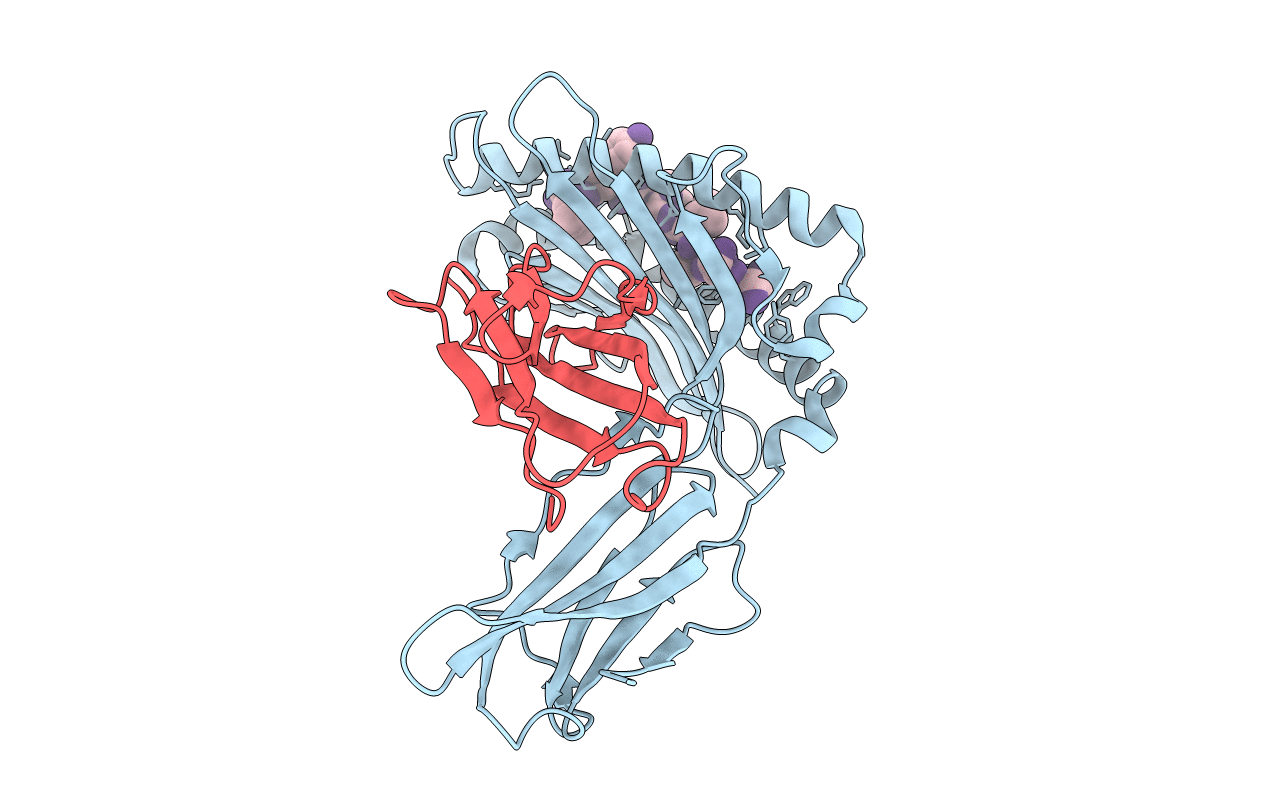
Deposition Date
2001-08-24
Release Date
2002-03-20
Last Version Date
2024-11-13
Entry Detail
PDB ID:
1JUF
Keywords:
Title:
Structure of Minor Histocompatibility Antigen peptide, H13b, complexed to H2-Db
Biological Source:
Source Organism:
Mus musculus (Taxon ID: 10090)
Host Organism:
Method Details:
Experimental Method:
Resolution:
2.00 Å
R-Value Free:
0.24
R-Value Work:
0.20
R-Value Observed:
0.20
Space Group:
C 1 2 1


